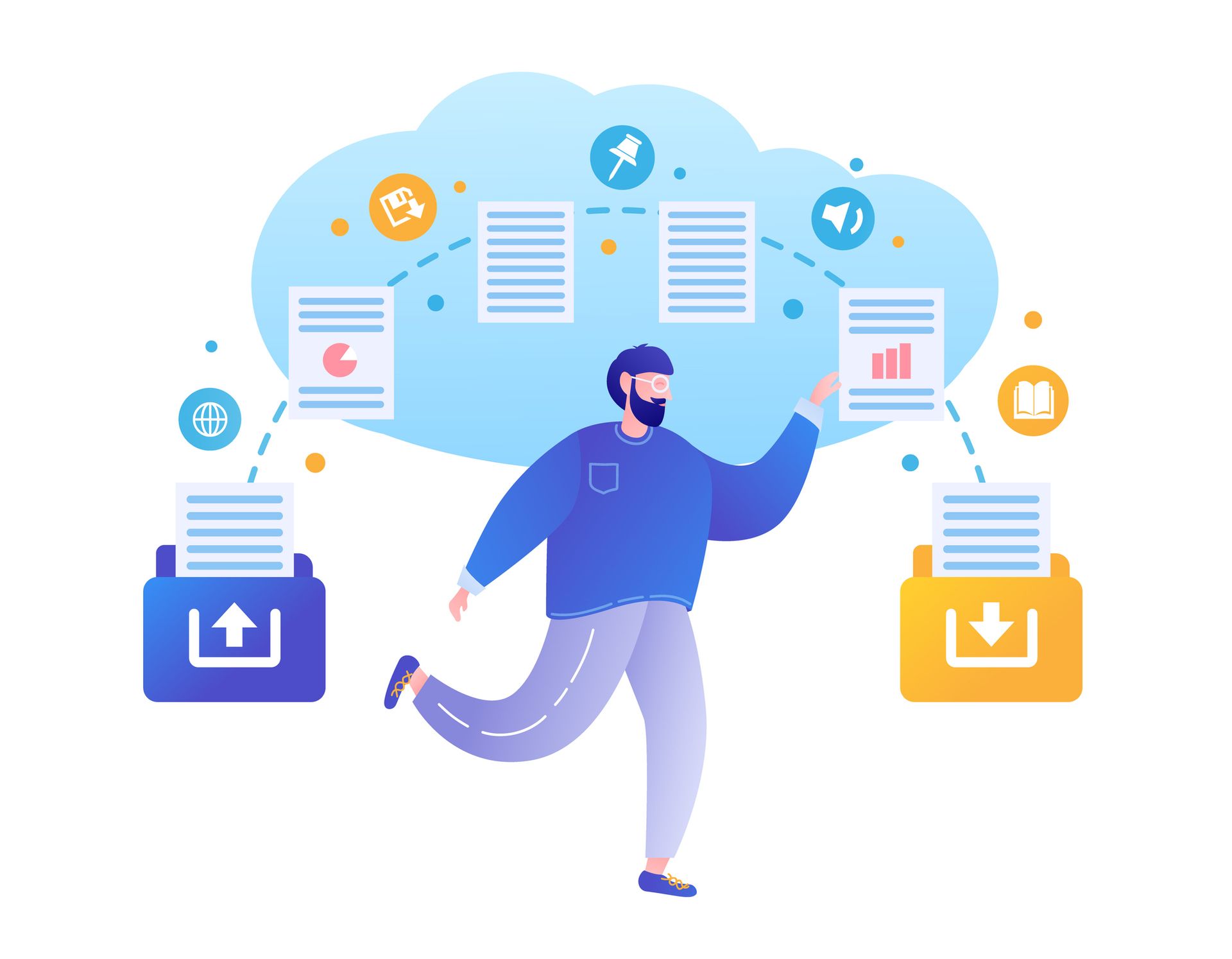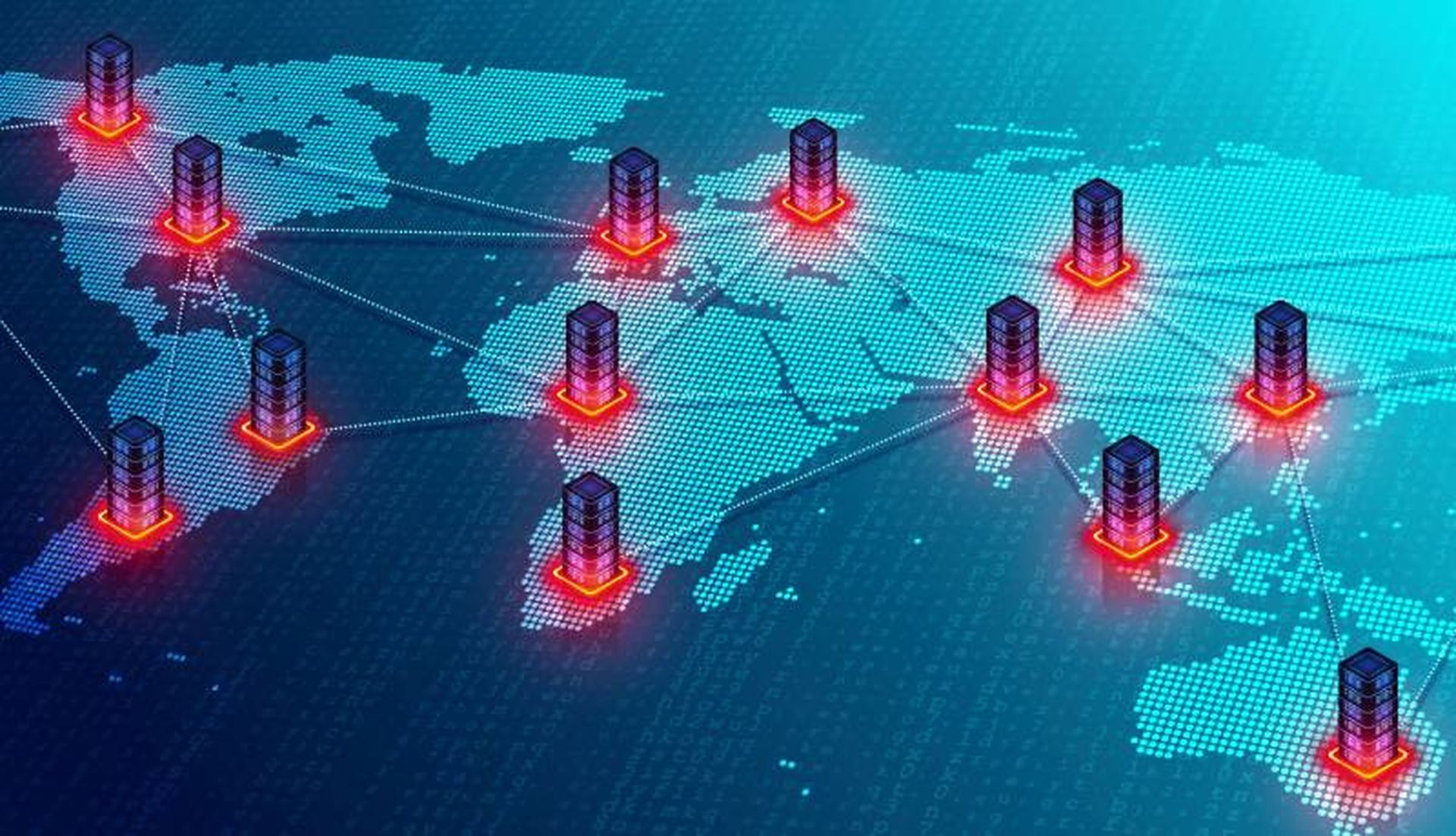Introduction
Digital transformation has become one of those buzzwords, but what does it actually mean? Generally speaking, it refers to digitizing business processes to more efficiently solve business problems and more effectively serve customers through online channels. Moving to the cloud is typically a key component of this transformation.
One of the major concerns of Ping customers who are not yet in the cloud, is how daunting the migration process seems to be. But in reality, moving to Ping’s cloud will allow you to consume the same Ping services you’ve been using while improving total cost of ownership (TCO), scaling your identity practice and automating much of the IAM infrastructure operations. Better yet, having supported many complex migrations over the years, we’ve created a repeatable process you can follow to facilitate and simplify what might otherwise feel like an overwhelming cloud migration roadmap.
Improve TCO by 50% over three years
Not just that, but having an expert help with your cloud migration can also help mitigate any security concerns that many enterprises associate with this process.
According to the 2020 Verizon Data Breach Incident Report, misconfiguration of cloud infrastructure and services is the second largest cause of breaches, eclipsed only by hacking. This is where Ping’s cloud migration expertise and guidance will come in handy.
What is Cloud Identity?
Cloud identity’s central function is to provide the right people with the right level of access, to the right resources in the right context—whether you’re deployed on-premises or in the cloud. Establishing an authentication authority is how Ping customers keep access secure and centralized. Its capabilities include single sign-on (SSO), multi-factor authentication (MFA), risk management and many others which improve security, increase the productivity of employees and partners and enable seamless experiences for customers. Better yet, Ping’s new orchestration service makes integrations a breeze across your identity and IT flows.
For workforce use cases, cloud SSO and MFA reduce the number of passwords in use which in turn reduces the costs of password resets and thereby increases employee productivity. On the customer front, IAM provides the capabilities to increase customer loyalty and satisfaction through improved experiences such as simple registration, unified profiles and passwordless login.
Learn how to choose the best cloud identity solution for your workforce or your customers.
What Types of Organizations Should Consider Migrating Identity to the Cloud?
Migrating identity to the cloud will set you up for current and future digital transformation efforts. Laying a solid foundation is critical.
Large Global Enterprises Looking to Scale
Organizations such as those in the Fortune 1000 often have a large number of applications and resources with complex requirements which can slow things down when updated and managed on-premises.
When migrating to Ping’s cloud, you don’t have to give up any requirements or use cases that you’ve already deployed. In fact, you can deliver the same digital identity capabilities but at a much greater scale and efficiency. Auto-scale enables you to quickly deploy additional cloud resources when the business demands and reduce them during slower times, saving you costs along the way.
Organizations Who Must Comply with Regulatory Requirements
Organizations that do business on a global scale must comply with regional and national data residency requirements. For example, regulations like General Data Protection Regulation (GDPR), the California Consumer Privacy Act (CCPA) and Consumer Data Right (CDR) govern how enterprises address data security and privacy.
“Personal data privacy has become an intangible asset in this data era. Protecting privacy by standing on the consumers’ side is a differentiator to build a strong brand for any company that is in consumer business.”
Ping’s cloud supports data sovereignty, meaning you can deploy to different regions to support data residency and other regulatory requirements. It also enables greater customer control over the use and sharing of their own data so global enterprises can both ensure compliance while delivering on customer expectations.
Companies Seeking to Lower IAM Infrastructure and Admin Costs
As business becomes increasingly digital, identity teams face a greater volume of requests and a broader range of requirements, putting a strain on already limited resources. Moving identity to Ping’s cloud can save significant IT operational costs without compromising support for challenging enterprise use cases.
Ping’s cloud provides the convenience of centralized identity management while providing the means to automate the operation and maintenance of your IAM solution. It enables you to free up IT staff from managing infrastructure and instead redirect their focus to higher-value activities.
Learn more about simplifying deployment and maintenance with cloud IAM.
Different Types of Cloud Options
When migrating to the cloud there are several options to consider. Each choice has its own benefits and drawbacks. Below is an overview of the three primary cloud paths:
Ping’s Cloud
Ping’s cloud combines the benefits of advanced, highly configurable identity and access management capabilities like PingFederate, PingAccess, PingDirectory and PingCentral all wrapped in a dedicated cloud environment with data and resource isolation. Additionally, you can select from a variety of other add-on PingOne services such as fraud detection, risk management and many others or any other third-party services to include during the migration.
If your cloud solution requires advanced customization and control while automating IAM operations, simplifying management and achieving cloud-first objectives at the same time, Ping’s cloud has you covered. Regardless of where applications, resources, SPs and IdPs reside, you can leverage the extensibility of Ping’s cloud for your diverse user populations, use cases and identity types.
Public Cloud
Public clouds are hosted off-premises, typically by the major cloud service providers such as AWS, Microsoft Azure and Google Cloud Platform. The security and flexibility of public clouds aren’t fully customizable to your precise needs, but that’s offset by the lower cost of this infrastructure. Public clouds can be secure, but there is an expertise required to configure them properly. Ping has all the tools you need to deploy and manage our market-leading software in your private cloud.
Private Cloud
Private clouds are typically hosted locally by the enterprise, which provides the ultimate security and flexibility. Since a private cloud enables a dedicated environment for a particular enterprise, private clouds are designed to meet the enterprise’s specific IT requirements. However, deploying and maintaining a private cloud typically comes with higher costs and staffing needs.
Your Journey to Identity in the Cloud is as Easy as 1-2-3
If you are a large enterprise supporting digital transformation initiatives and scaling your IT organization while improving TCO, then migrating to Ping’s cloud might be a good option for you. By supporting many complex migrations over the years, Ping has created a repeatable process that enterprises can follow to facilitate and simplify what might otherwise feel like an overwhelming cloud migration strategy.
The journey to identity in the cloud is commonly a three-stage process designed to increase speed, agility and efficiency for businesses, while providing flexibility to support unique requirements every step along the way.
Stage 1: Establish Cloud Identity
Your cloud journey begins with establishing cloud identity. A cloud based global authentication authority provides the ability to secure and control access to resources across all of your domains and platforms.
With support for all identity types, user populations, apps and environments, the global authentication authority is the key to supporting digital transformation projects. It’s also what helps you provide seamless and secure access to resources deployed anywhere. You can minimize password usage and the risks they pose with cloud-based SSO, while adaptive MFA lets you strike the perfect balance between security and convenience by stepping up authentication requirements only when warranted.
Last but not least, a global authentication authority provides the capabilities needed to ultimately move to a Zero Trust framework so you can confidently open your applications and data to the right people—located anywhere—with minimal friction and maximum connectivity.
To ensure cloud migrations go smoothly while enhancing security, enterprises are turning to Zero Trust frameworks that put identity and access management (IAM) at the center of everything.
Learn more about the principles and advantages of Zero Trust.
Stage 2: Optimize Cloud Identity
As you progress to stage two, you’ll optimize customer, employee and partner experiences with cloud identity, making them more secure and seamless. Ping provides the ability to optimize cloud identity with cloud based identity services including:
- Orchestration to design seamless end user experiences by integrating all your chosen identity vendors with no-code, drag-and-drop visual flows.
- MFA that gives you user-friendly authentication methods, adaptive authentication policies, self service device management and custom branding so you can deliver secure interactions without sacrificing user experience.
- Risk management that helps your organization make smarter authentication decisions using machine learning and analytics to detect malicious activity.
- Fraud detection to catch fraud in real-time across your web and mobile channels.
- Identity verification so your customers can conveniently verify they are who they say they are during enrollment, registration and authentication.
- Dynamic authorization which gives you control over who has access to what data and actions in your SaaS, mobile, web and enterprise applications.
- API intelligence to boost the security and governance of your API infrastructures by securing your APIs with greater visibility into traffic, anomaly detection and threat blocking.
Stage 3: Consolidate Identity in the Cloud
The final stage of your journey is the consolidation of legacy identity systems, such as MFA, WAM and directory services. Legacy IAM can be rigid and expensive to maintain. Because changes aren’t easily made and require proprietary knowledge for implementation, reliance on these systems slows the onboarding of new apps and can prevent cloud migration altogether.
You can free your enterprise from heavyweight systems and modernize IAM with Ping. Out-of-the-box migration tools and integrations to Oracle, Broadcom/CA Technologies, IBM and RSA streamline your transition to modern cloud identity. And planned periods of coexistence eliminate the need to rip and replace, allowing you to maintain both systems indefinitely or until you’re safely able to complete migration.
Start Your Cloud Journey with Ping
For large global enterprises, migrating to Ping’s cloud offers the greatest flexibility with the optimal balance of security and cost and the agility needed to rapidly respond to changing priorities and support new initiatives.
With Ping’s cloud identity solution, you can:
- Improve TCO
- Scale your identity infrastructure
- Enable digital transformation initiatives
To learn more about how Ping can support your cloud initiatives, explore our Cloud Migration webpage.





